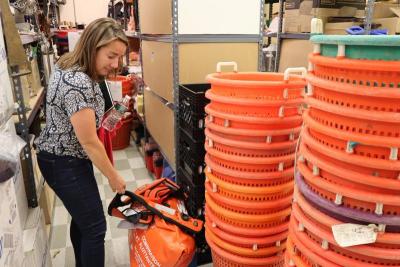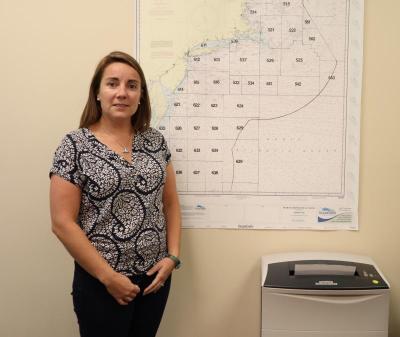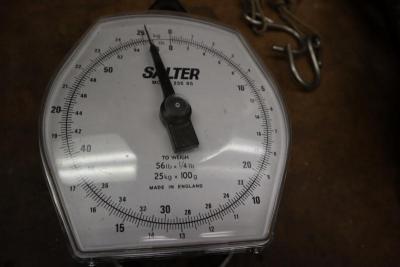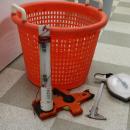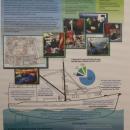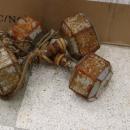Marion-based business fishes for scientific data
MARION — Though marine data monitoring company A.I.S. has an office in Marion, its employees travel all over the Northeast to collect information and the data they collect is used all over the country.
Lauren Wahl, the program manager for east coast observer programs, said that the company’s acronym originally stood for “Atlantic Inspection Services,” but since growing to include operations in Anchorage, and Seattle, the name now represents the company’s motto of accuracy, integrity and service.
Wahl has worked at A.I.S. for 12 years, starting as a fisheries observer after studying marine science at the University of Maine.
Observers board commercial fishing ships and collect sea life samples to measure things like length, weight, age and other characteristics that indicate the health and age of fish and other marine life caught by commercial fisheries.
The data goes to facilities like NOAA’s Northeast Fisheries Science Center in Woods Hole to interpret trends in fish population, and ensure that commercial fishing companies abide by laws and regulations.
“We want to preserve the resource, so making sure that those managers have the most accurate and complete data to work with will allow them to make the best management decisions possible to preserve those fisheries,” she said.
In the northeast, observers board ships with fishermen on trips that range from a single day to upwards of two weeks, traveling through waters in the Gulf of Maine and Mid-Atlantic, sometimes venturing 200 miles offshore.
Having worked out at sea herself, Wahl said that the job is difficult, but offers a unique experience that offers views of rare aquatic species as well as beautiful sunrises and sunsets.
“You get to see a lot of cool stuff that the vast majority of people on Earth will never see,” Wahl said of her first position at A.I.S.
Another career opportunity at A.I.S. is to be a protected species observer. These employees travel with vessels to be sure that operations do not disturb protected marine species. Wahl said that in the northeast region, North Atlantic right whales and other mammals are the most common animals observers look out for, although sea turtles do sometimes travel farther north into local waters.
Observers use their vision, and equipment like cameras binoculars and passive acoustic monitoring devices that can pick up on frequencies not heard by the human ear.
As new industries like offshore wind become more prominent, protected species observers will ensure that new projects don’t disturb native wildlife. Wahl added that these observers will have the ability to halt operations momentarily to allow marine animals to pass through peacefully, if they deem it necessary.




